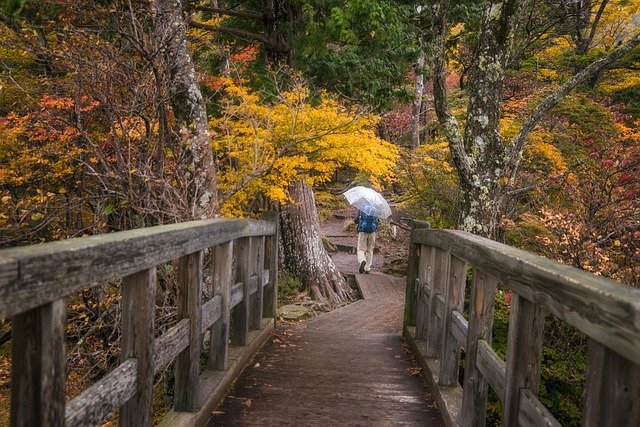**Title: "The Evolution of Storytelling in Video Games

The Secret Lives of Urban Wildlife
Urban environments are often thought of as concrete jungles, bustling with human activity and noise. However, beneath the surface of our cities lies a vibrant ecosystem teeming with wildlife. From raccoons rummaging through trash cans to hawks soaring above skyscrapers, urban wildlife has adapted to thrive in these man-made landscapes. In this post, we'll explore the fascinating lives of some of the creatures that share our urban spaces and how they navigate the challenges of city living.
The Adaptability of Urban Wildlife
Urban wildlife has shown remarkable adaptability in response to the changing environment. Species such as:
Raccoons: Known for their intelligence and dexterity, raccoons have become experts at scavenging for food in urban areas. Their ability to open containers and navigate through complex environments makes them a common sight in cities.
Pigeons: Often seen as a nuisance, pigeons have successfully integrated into urban life. They find ample food sources and nesting sites in buildings and parks, making them one of the most prevalent bird species in cities.
Coyotes: Once primarily found in rural areas, coyotes have expanded their range into urban settings. They play a crucial role in controlling rodent populations and have adapted their hunting strategies to include scavenging in parks and neighborhoods.
The Hidden Habitats of Urban Wildlife
Cities may seem inhospitable, but many urban areas contain hidden habitats that support diverse wildlife. These include:
Parks and Green Spaces: Urban parks serve as vital refuges for wildlife, providing food, shelter, and breeding grounds. They attract various species, from songbirds to small mammals.
Rooftop Gardens: As cities grow, rooftop gardens have emerged as innovative green spaces that support pollinators like bees and butterflies while offering a habitat for birds.
Waterways: Rivers, lakes, and ponds within urban areas are crucial for many species. They provide drinking water and breeding grounds for fish, amphibians, and waterfowl.
The Challenges of Urban Living
While urban wildlife has adapted to city life, they face numerous challenges, including:
Habitat Loss: Urban development often leads to the destruction of natural habitats, making it difficult for wildlife to find food and shelter.
Pollution: Air and water pollution can have detrimental effects on wildlife health, impacting their reproductive success and overall survival.
Human-Wildlife Conflict: As wildlife ventures into urban areas, conflicts with humans can arise, leading to negative perceptions and sometimes harmful actions against these animals.
How We Can Help
Urban residents can play a significant role in supporting wildlife in their neighborhoods. Here are some ways to help:
Create Wildlife-Friendly Spaces: Plant native flowers and shrubs in your garden to provide food and shelter for local wildlife.
Reduce Pollution: Participate in community clean-up events and advocate for policies that reduce pollution and promote sustainable practices.
Educate Others: Share information about urban wildlife and the importance of coexistence with your friends and community.
Conclusion
The secret lives of urban wildlife are a testament to nature's resilience and adaptability. By understanding and appreciating the creatures that share our cities, we can foster a more harmonious relationship with the natural world, ensuring that both wildlife and humans can thrive together in urban environments. Let's celebrate the hidden wonders of urban wildlife and take action to protect their habitats for generations to come!

All images are taken from the Pixabay.com